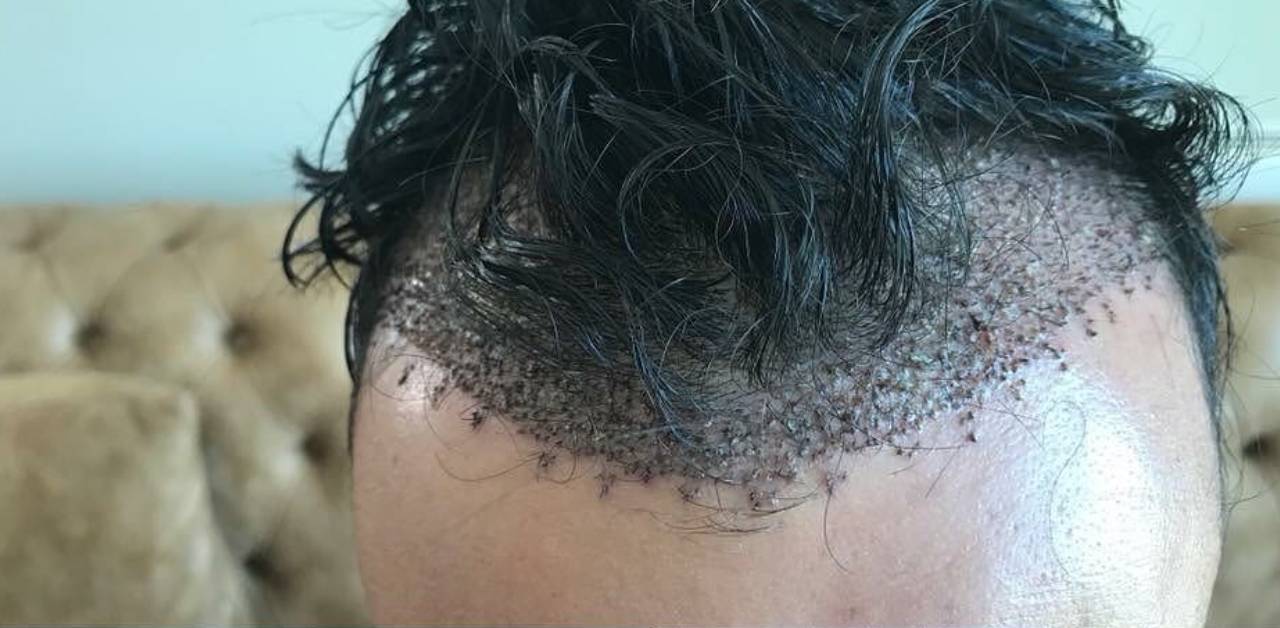When it comes to combating hair loss, hair transplant surgery has emerged as an effective solution for many people. However, one common concern that often arises is whether it’s possible to undergo a hair transplant without shaving the head. In this article, we’ll explore the various techniques available, address the feasibility of non-shaven hair transplants in Lahore, and provide you with essential information to make an informed decision.
Understanding Hair Transplants
Hair transplantation is a surgical procedure that involves harvesting hair follicles from a donor area (typically the back of the head) and transplanting them to areas with thinning or no hair (recipient area). Traditionally, a complete shave of the head was required to facilitate the transplant process. This approach ensures easier access to the donor area and accurate placement of the grafts in the recipient area.
Non-Shaven Hair Transplant Techniques
Fortunately, advancements in hair transplant techniques have led to alternatives for those who prefer not to shave their heads. Let’s explore two popular methods:
Follicular Unit Extraction (FUE): FUE involves extracting individual hair follicles from the donor area using tiny punches. These punches leave small, circular scars that are easily concealed, even with short hair. With careful planning and skilled extraction, FUE can be performed without requiring a complete shave of the head.
Direct Hair Implantation (DHI): DHI is a more recent technique that involves the extraction and implantation of hair follicles simultaneously. Using a specialized device, hair grafts are extracted from the donor area and immediately transplanted into the recipient area. DHI allows for precise control over the angle, depth, and direction of hair placement, enabling non-shaven hair transplants.
Feasibility and Considerations
While non-shaven hair transplants are feasible, it’s essential to understand that the suitability of these techniques may vary depending on individual circumstances. Factors such as the extent of hair loss, the availability of sufficient donor hair, and the surgeon’s expertise all play a role. Here are some key points to consider:
Limited Grafts: Non-shaven hair transplants typically involve a lower number of grafts compared to traditional methods. This limitation is due to the need for more precise and time-consuming placement of each graft. If you require a significant number of grafts, shaving the head may be necessary for optimal results.
Longer Procedure: Non-shaven hair transplants often take longer to complete compared to traditional methods due to the meticulous nature of graft extraction and placement. Discuss the estimated duration with your surgeon to plan accordingly.
Hairstyling Limitations: It’s important to note that during the recovery phase, you may have limitations on styling your hair, especially in the recipient area. Your surgeon will provide specific guidelines to ensure proper healing and graft survival.
My Final Words
In summary, while complete shaving of the head was once a standard practice for hair transplants, non-shaven techniques such as FUE and DHI have made it possible to undergo the procedure without sacrificing your existing hair. However, the feasibility of non-shaven hair transplants depends on individual factors and the expertise of the surgeon.
It’s crucial to consult with a qualified hair transplant specialist who can assess your specific situation and recommend the most suitable approach. Ultimately, with the right technique and an experienced surgeon, you can achieve a natural-looking head of hair without the need to shave your head.
